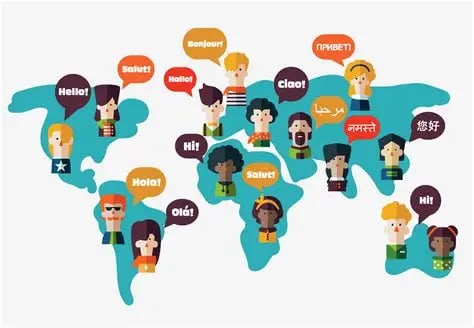Language Preservation
COMMUNITY


Language preservation is vital to maintaining cultural identity, history, and heritage. As many indigenous languages face extinction, efforts like documentation, bilingual education, and digital archiving help keep them alive.
Language is the cornerstone of culture, identity, and legacy and serves as more than just a means of communication. The rich diversity of human civilizations is reflected in the thousands of languages spoken around the world, each of which carries values, customs, and stories that have been passed down through the generations. However, a number of regional and indigenous languages are disappearing at a startling rate in the modern, globalized world. This escalating crisis necessitates immediate language preservation efforts.
The prevalence of global languages like English, Mandarin, and Spanish is one of the primary causes of language loss. People frequently give up their native tongues in favor of more widely spoken ones as they move to cities or use digital communication.
In India, where linguistic diversity is among the richest globally, language preservation is especially important. The Eighth Schedule of the Indian Constitution recognizes 22 official languages, but hundreds of other dialects are spoken across the country. Initiatives like the Bhasha Sangam programme, tribal language documentation projects, and the use of technology to create online dictionaries and learning apps have become essential in keeping endangered languages alive.
Preserving languages involves a multi-pronged approach: encouraging bilingual education in schools, promoting local literature and media in regional languages, and recording oral traditions digitally. Communities play a vital role by speaking their native languages at home and passing them to younger generations.